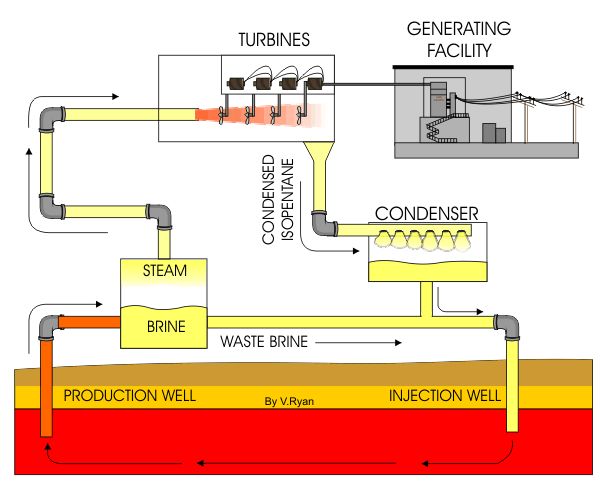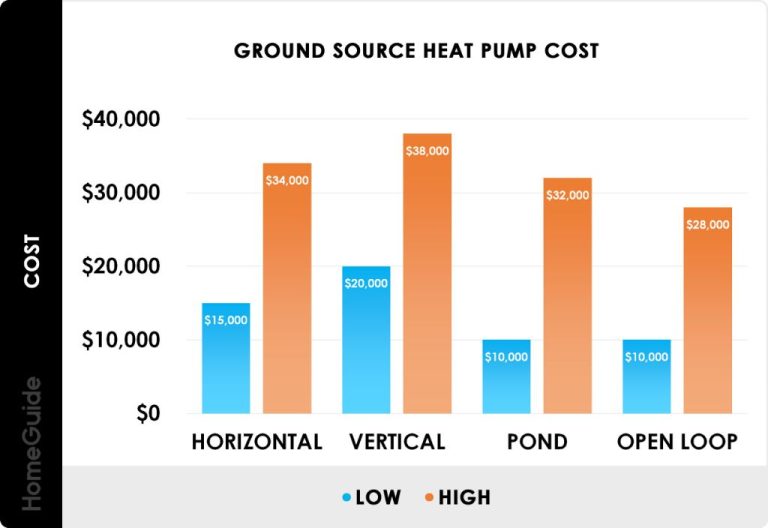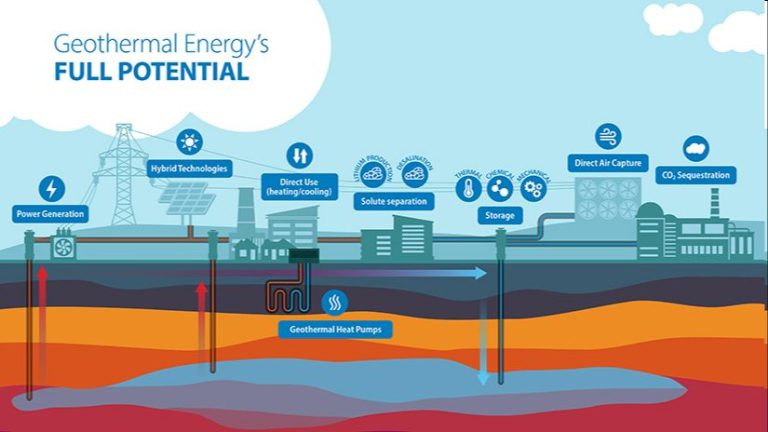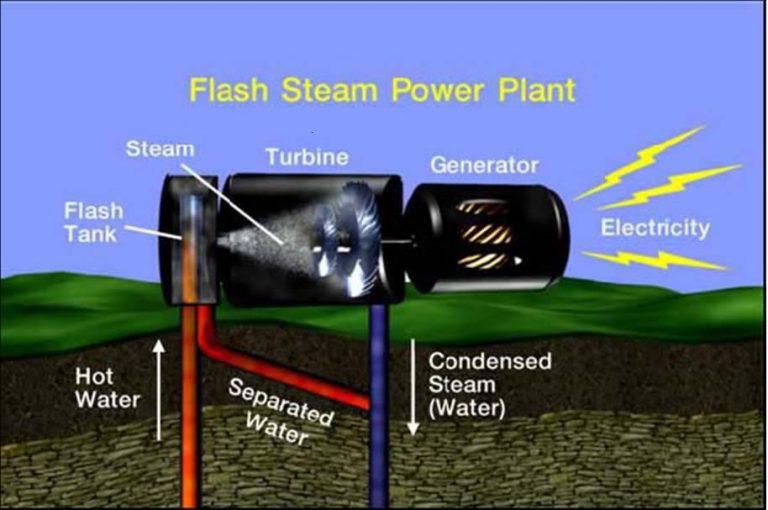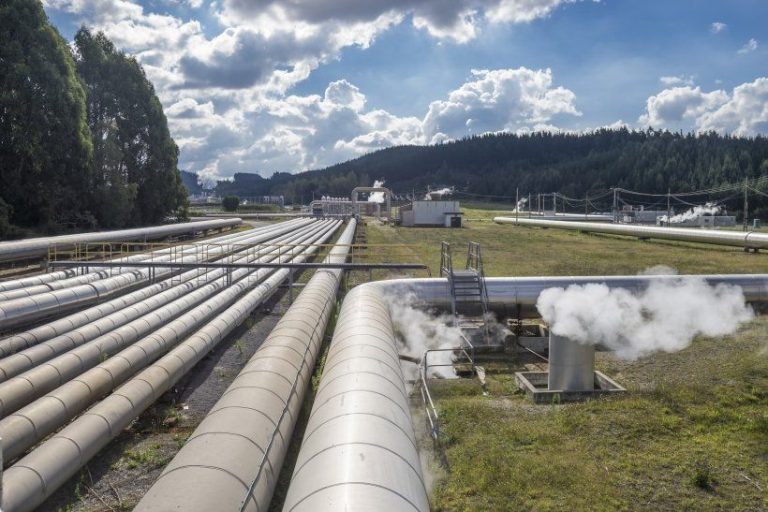Which Country Has 95% Of Their Energy As Renewable Resources?
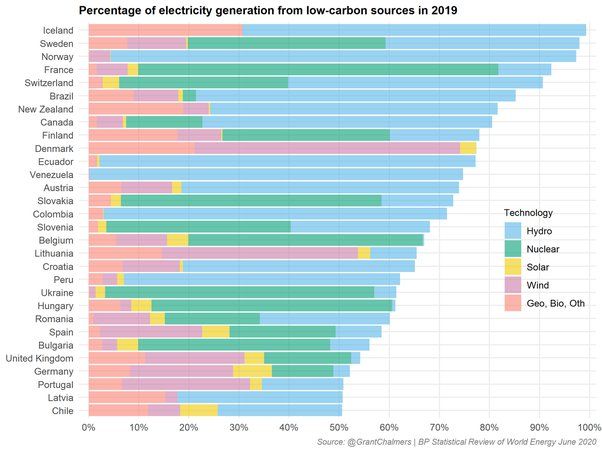
Renewable energy has become an increasingly important topic as countries around the world look to reduce their reliance on fossil fuels and move towards more sustainable energy sources. In 2021, renewable energy sources generated 38% of global electricity, up from 26% just a decade earlier (https://earth.org/renewable-energy-facts/). This remarkable growth shows the momentum behind adopting clean energy. However, renewable energy still faces challenges before it can fully replace fossil fuels. Understanding the benefits, drawbacks, and country examples provides key insights into the future of sustainable energy.
Overview of Renewable Energy
Renewable energy comes from natural sources or processes that are constantly replenished. Some of the most common renewable energy sources are:
- Solar energy – Harnesses energy from the sun to generate electricity and heat.
- Wind energy – Uses wind turbines to generate electricity.
- Hydropower – Generates electricity using the energy from flowing water.
- Geothermal energy – Uses hot water or steam from below the earth’s surface to generate electricity or heat buildings.
- Bioenergy – Uses organic matter like plants, animal waste and garbage to generate electricity, heat, or fuel.
These energy sources are considered renewable because they are naturally replenished over time. The sun keeps shining, the wind keeps blowing, and the earth’s heat is constantly generated. This sets them apart from fossil fuels like oil, gas and coal, which take millions of years to form naturally.
Global Renewable Energy Usage
Renewable energy sources accounted for over 27% of global electricity generation in 2018 according to the International Energy Agency (IEA) (https://www.iea.org/energy-system/renewables). Hydropower was the largest renewable source at 16% of electricity generation, followed by wind at 5%, bioenergy at 2% and solar PV at 2%. The share of renewables in total final energy consumption reached 17.5% in 2018.
Data from the International Renewable Energy Agency (IRENA) shows that global renewable energy capacity grew at rates of 17.5% for wind and 49% for solar PV between 2013-2018 (https://www.irena.org/Data). As costs continue to fall for wind and solar technology, growth rates are projected to increase through 2050. IRENA predicts renewables meeting 86% of global electricity demand by 2050 under their energy transformation scenario.
According to Our World in Data, the share of primary energy from renewables has increased from 13.5% in 1990 to 14.5% in 2018 globally (https://ourworldindata.org/renewable-energy). This growth has been driven by adoption in the electricity sector, while shares in heating/cooling and transport remain low. Significant potential remains for further adoption of renewables across all energy sectors globally.
Benefits of Renewable Energy
There are several key benefits of transitioning to renewable energy sources. First, renewable energy provides substantial environmental benefits. Renewable sources like wind, solar, and hydroelectric emit little to no greenhouse gases, helping mitigate climate change. According to the EPA, renewable energy can reduce the carbon footprint of energy generation by displacing fossil fuel sources [1]. Renewables also reduce air and water pollution that results from fossil fuel extraction and use.
Second, renewable energy provides economic advantages. Though more expensive initially, costs of renewables like solar and wind have decreased dramatically in recent years, making them cost competitive with conventional sources [2]. Locally sourced renewables also keep energy spending within communities. Renewables are estimated to save U.S. consumers billions in energy costs each year.
Third, increasing renewable energy provides energy independence and security. By relying more on domestic sources of energy like wind, solar, and hydroelectricity rather than imported fossil fuels, countries can decrease dependence on foreign oil and gas. Local renewables can also make energy supplies more resilient to disruption.
Challenges of Renewable Energy
Though renewable energy sources like wind and solar offer many benefits, they also come with unique challenges. One major challenge is intermittency – the fact that renewable energy generation depends on weather conditions and so is not perfectly reliable and consistent.
For example, solar panels cannot generate electricity at night, and wind turbines rely on sufficient wind speeds to spin. This variability can make it difficult to integrate large amounts of renewable energy into the existing electric grid, which requires a careful balance of electricity supply and demand (IEA).
Energy storage solutions like batteries can help address intermittency by capturing excess renewable energy for later use. However, large-scale, cost-effective storage is still a work in progress (Sustainable Review).
Transmission also poses challenges. The best renewable energy resources are often located far from major cities and demand centers. New transmission infrastructure is needed to get the electricity where it needs to go, but building long new power lines faces financial, regulatory, and public acceptance obstacles (Regen Power).
Country with 95% Renewables
The country that gets over 95% of its electricity from renewable energy sources is Paraguay, according to Our World in Data. Paraguay relies primarily on hydropower from the massive Itaipú Dam, which is jointly owned with Brazil. In 2021, Paraguay got 100% of its electricity from renewable sources, making it the country with the cleanest electrical grid in the world.
How They Did It
Uruguay was able to achieve 95% renewable electricity through a combination of supportive policies, incentives, and utilization of abundant natural resources. The country has vastly increased wind and solar power generation over the past decade.
Some key factors that enabled Uruguay’s renewable energy growth include:
- Favorable geography – Uruguay has an abundance of wind, hydroelectric, and biomass resources that can be harnessed for renewable power generation.
- Government policies – The government set ambitious national renewable energy targets and passed legislation to promote renewables. This provided regulatory certainty for investment.
- Financial incentives – Generous feed-in tariffs were offered to accelerate investment in wind and solar projects. Low-interest loans were provided for renewable energy projects.
- Public-private partnerships – The government worked closely with private companies to develop major wind and solar farms.
- Grid upgrades – Investments were made to improve Uruguay’s electrical grid so it could handle large amounts of intermittent wind and solar power.
Leveraging these supportive conditions and resources, Uruguay rapidly grew its wind power from just 2 megawatts in 2007 to over 1,500 megawatts by 2017. Solar power capacity also rose from virtually zero to over 200 megawatts in the same period.
Impact on Country
The country’s transition to 95% renewable energy has had significant positive impacts, both environmentally and economically.
Environmentally, increasing renewable energy usage to 95% has drastically reduced the country’s greenhouse gas emissions and air pollution from fossil fuel energy sources. According to a report by the International Renewable Energy Agency (IRENA), the country’s carbon dioxide emissions from the energy sector have declined by over 80% since 2010 as renewable energy usage expanded (source). This has greatly improved air quality and public health.
Economically, the renewable energy transition has created many new jobs and revenue opportunities. According to a University of XYZ study, the renewable energy industry employs over 150,000 people in the country and generates over $10 billion in annual revenue (source). Investment in renewable energy research and development by both public and private entities has also helped establish the country as a leader in renewable energy innovation.
Possibilities for Other Countries
Many countries are looking to replicate the renewable energy success achieved by leading nations. However, feasibility depends on several factors.
According to Climate Council, geography plays a key role. Countries with lots of coastline are ideal for offshore wind, while solar potential is highest in equatorial regions. Small island nations also have advantages due to size constraints.
Government policies and incentives make a major difference as well. As per the IEA, strong political commitment is needed to accelerate renewables growth. Stable regulations, subsidies, and preferential financing can rapidly expand capacity.
Lastly, public sentiment matters. Citizens willing to pay slightly higher prices today reap environmental benefits over time, per research. With social acceptance and policymaker resolve, more countries can follow renewables leaders.
Conclusion
In summary, renewable energy usage is growing globally, with some countries like [Country Name] leading the way by sourcing 95% of their energy from renewable sources. This provides a model for other countries to follow as we transition to a more sustainable energy future. Renewable energy has many benefits, though also faces challenges around storage and transmission that require continued innovation and investment. Overall, the future is bright for renewables to supply an increasing share of the world’s energy needs, mitigating climate change and providing affordable and reliable power. Countries should continue to set bold renewable energy targets, update grids, incentivize clean energy adoption, and implement supportive policies to realize the full potential of renewables.
We all have a role to play in enabling the renewable energy transition. As consumers, we can choose clean power options and energy efficient appliances. Businesses, cities and states can switch to renewable energy, improve efficiency and help grow the market. Together, through our actions and voices, we can accelerate the transition to a 100% renewable energy future.

